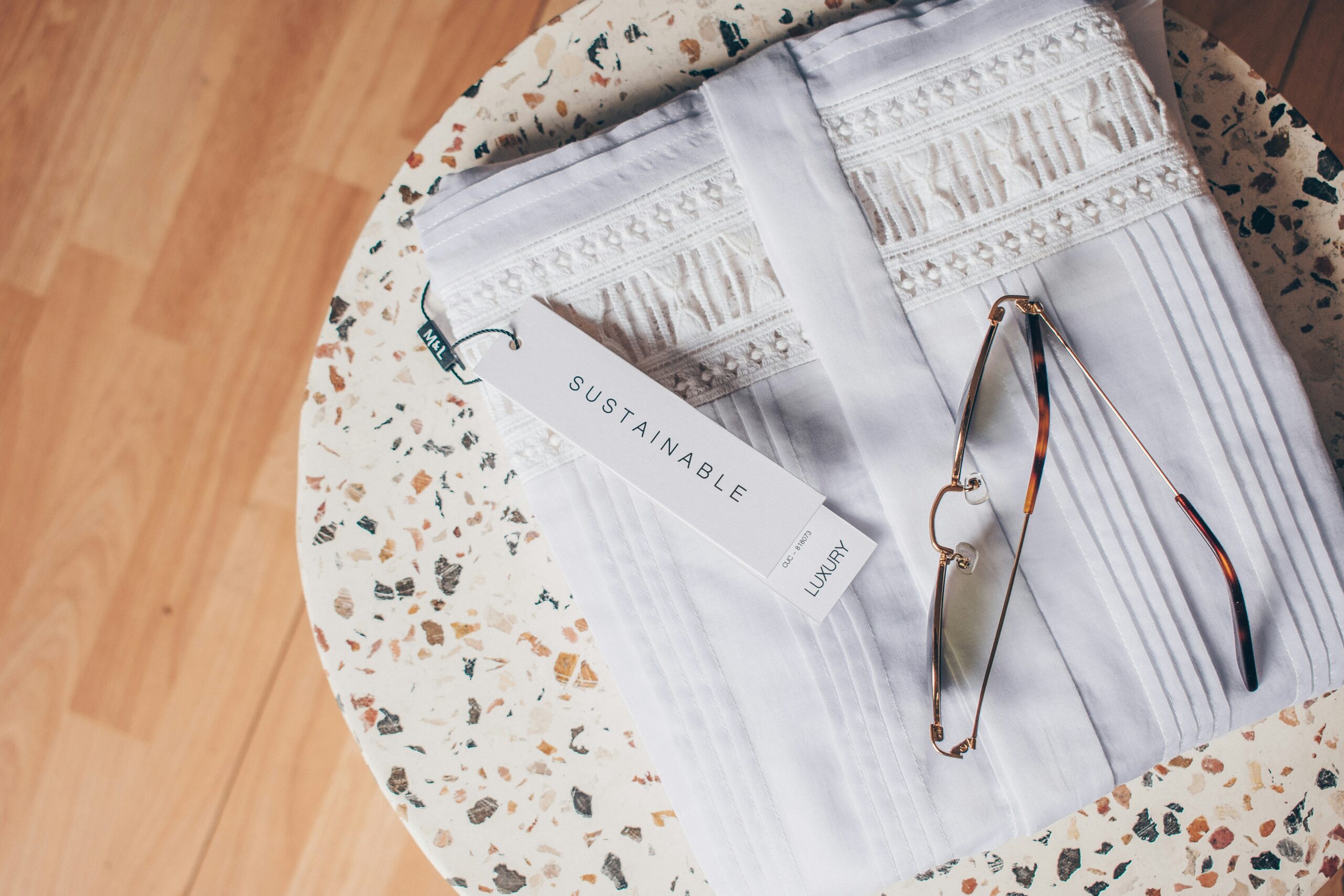In a trendy world, where sustainability is becoming more and more important, it is no wonder that the fitness industry is also embracing eco-friendly practices. From apparel to equipment, fitness enthusiasts are searching for options that no longer best enhance their overall performance but additionally minimize their environmental effects. This shift towards eco-aware fitness gear reflects a developing recognition of the interconnectedness between non-public well-being and the fitness of the planet.
Let’s delve into the sector of sustainable fitness tools and discover how you can make green alternatives without compromising on first-rate or overall performance.
The Evolution of Fitness Gear: Embracing Sustainability
From Conventional to Conscious: The Environmental Impact of Traditional Fitness Gear
Traditional health gear frequently relies on materials and production approaches which might be dangerous to the environment. Synthetic fabrics like polyester and nylon, generally used in activewear, are derived from non-renewable assets and contribute to pollution for the duration of manufacturing and disposal. Additionally, the manufacturing of conventional health devices involves power-intensive approaches and generates giant amounts of waste.
Enter Eco-Friendly Alternatives: Innovation in Sustainable Materials
Fortunately, improvements in technology and improved consumer calls have paved the way for eco-friendly alternatives within the fitness industry. Brands are incorporating sustainable materials which include organic cotton, recycled polyester, and bamboo material into their clothing lines. These materials not simplest lessen reliance on virgin assets but additionally provide advantages like breathability, moisture-wicking, and sturdiness, making them best for an active life.

Gear That Gives Back: Socially Responsible Practices
In addition to the use of sustainable substances, many health gear brands are devoted to ethical production practices. This consists of fair exertions situations, transparent delivery chains, and giving lower back to groups. By assisting these socially accountable brands, customers can align their health goals with values of equity and empowerment.
Beyond Clothing: Sustainable Equipment Solutions
While apparel can be the primary component that involves the mind when thinking about green health equipment, sustainable alternatives make bigger equipment as well. From yoga mats manufactured from natural rubber to dumbbells cast from recycled iron, there’s a growing kind of environmentally aware selection for each form of workout. These green options not handiest reduce waste but also provide the same degree of performance as their conventional counterparts.
The Power of Circular Economy: Extending the Lifespan of Fitness Gear
One of the key ideas of sustainable living is extending the lifespan of products through repair, reuse, and recycling. Many fitness tool brands are embracing the concept of a round economic system by way of providing repair services, facilitating gear exchanges, and designing merchandise with recyclability in mind. By investing in durable, long-lasting equipment and actively collaborating in round initiatives, clients can reduce their ecological footprint whilst maximizing the fee in their purchases.
Conclusion
As we attempt towards healthier lifestyles, it’s important to bear in mind the environmental impact of our alternatives, together with the fitness tools we use. By choosing green options, we can guide sustainable practices, reduce our carbon footprint, and contribute to a more fit planet for future generations. Whether it’s deciding on apparel made from recycled materials or investing in gadgets designed for toughness, each eco-conscious decision brings us one step in the direction of a greener, greater sustainable fitness adventure.
Frequently Asked Questions (FAQs)
Ans. Absolutely! Many sustainable materials are recognized for their durability and performance, ensuring that green fitness gear can face up to rigorous workouts much like traditional tools.
Ans. Organic cotton, recycled polyester, bamboo material, and natural rubber are some of the famous selections for sustainable fitness equipment materials.
Ans. Look for certifications which include GOTS (Global Organic Textile Standard) for fabrics and certifications from groups just like the Forest Stewardship Council (FSC) for wood-based totally devices.
Ans. While some eco-friendly alternatives can also have a higher advance value, they often offer higher lengthy-time period costs because of their sturdiness and sustainable practices.
Ans. Consider donating usable gear to local charities or health packages, recycling substances like rubber and metal, or upcycling items into new merchandise to present them a 2d existence.














